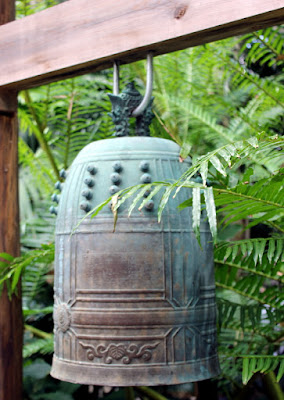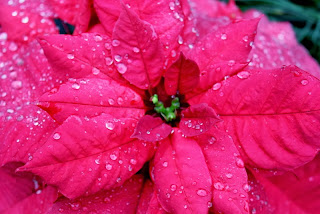Last Friday, I accompanied Laure Ferlita and the Sarasota Urban Sketchers to the Marie Selby Botanical Gardens in Sarasota, Florida. This
was my first visit to Selby, and I’ll be back.
The Selby Gardens feature a number of different
gardens and habitats, including the Tropical Conservatory, a bromeliad garden,
a tidal lagoon and hardwood hammock in the Native Florida section, and edible,
fragrance, and butterfly gardens. When she died in 1971, Marie Selby bequeathed
the property to the community for the purpose of creating a botanical garden “for
the enjoyment of the general public.”
Our instructions were to sketch until 11:30 a.m, then meet to share our work. During this time, I never got farther into the gardens than the Tropical Conservatory, where I might have lost my mind a little after seeing the orchids on display. (My orchids are definitely slacking, and received a good talking-to when I got home.) Because of my mad photo taking and mind-losing, I didn’t finish my sketchbook page, and had to work on it later. (It’s not done yet, but will be soon.)
Our instructions were to sketch until 11:30 a.m, then meet to share our work. During this time, I never got farther into the gardens than the Tropical Conservatory, where I might have lost my mind a little after seeing the orchids on display. (My orchids are definitely slacking, and received a good talking-to when I got home.) Because of my mad photo taking and mind-losing, I didn’t finish my sketchbook page, and had to work on it later. (It’s not done yet, but will be soon.)
After sharing our work with the group, Laure and I stayed
for lunch, then walked through the rest of the gardens. Laure took photos for her upcoming class and I took them to use on the blog (Wednesday’s statue photo was taken at
Selby) and my own pleasure.
Here are some highlights of the day:
Hindu temple guardian from Bali:
“Faux lavender” (blue salvia), overlooking Sarasota Bay:
The Koi Pond was a favorite spot (and not just because there was shade and benches!):
Botanical gardens are some of my favorite field trip destinations (see here, here, and here!) for their peaceful surroundings and beauty. Sometimes I take photos, sometimes I sketch, and next time I go, I should try just sitting still and drinking it all in.
Have you taken a field trip lately?
Many thanks to Selby for allowing us to sketch, and to
Laure, and the Sarasota Urban Sketchers for letting me tag along.






















































